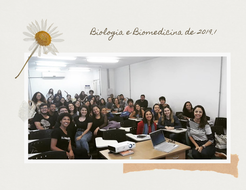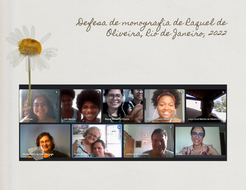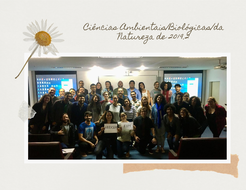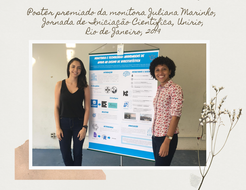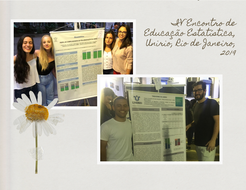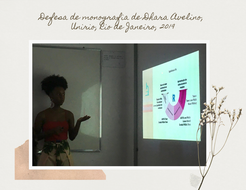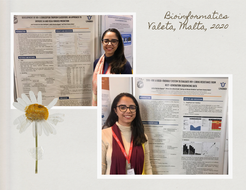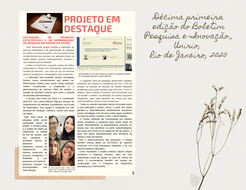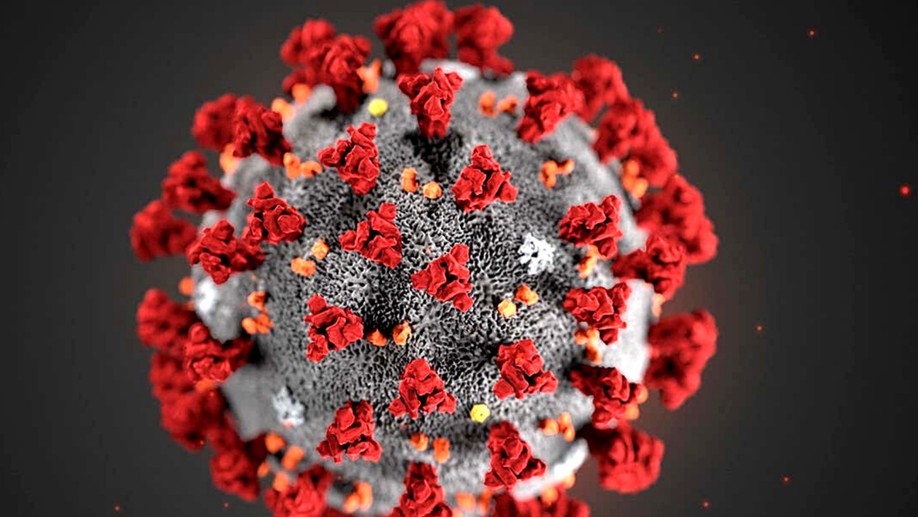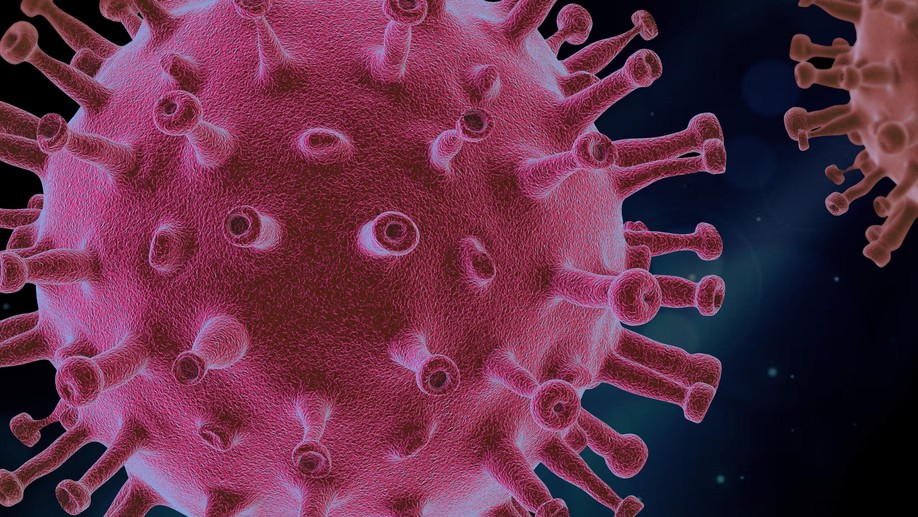Letícia Raposo
Professora Adjunta
Universidade Federal do Estado do Rio de Janeiro
Biografia
Letícia Raposo é professora adjunta do Departamento de Métodos Quantitativos (DMQ) da Universidade Federal do Estado do Rio de Janeiro (UNIRIO). É apaixonada pelo R, aprendizado de máquina, estatística e metodologias ativas de aprendizado. Quando não está lecionando ou realizando suas pesquisas, está programando algo no R acompanhada de um bom café.
Interesses
- Modelagem estatística
- Aprendizado de máquina
- Programação
- Metodologias ativas de ensino
Formação
-
Doutorado em Engenharia Biomédica, 2018
Universidade Federal do Rio de Janeiro
-
Mestrado em Engenharia Biomédica, 2014
Universidade Federal do Rio de Janeiro
-
Licenciatura em Matemática, 2013
Universidade Federal Fluminense
-
Bacharelado em Biomedicina, 2011
Universidade Federal do Estado do Rio de Janeiro















